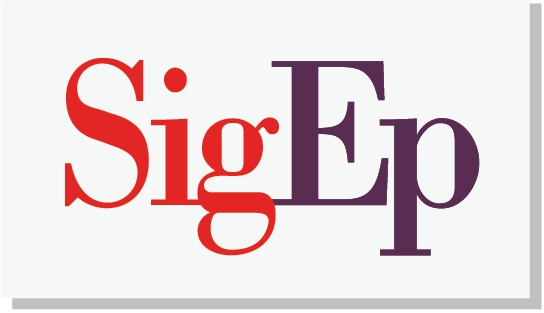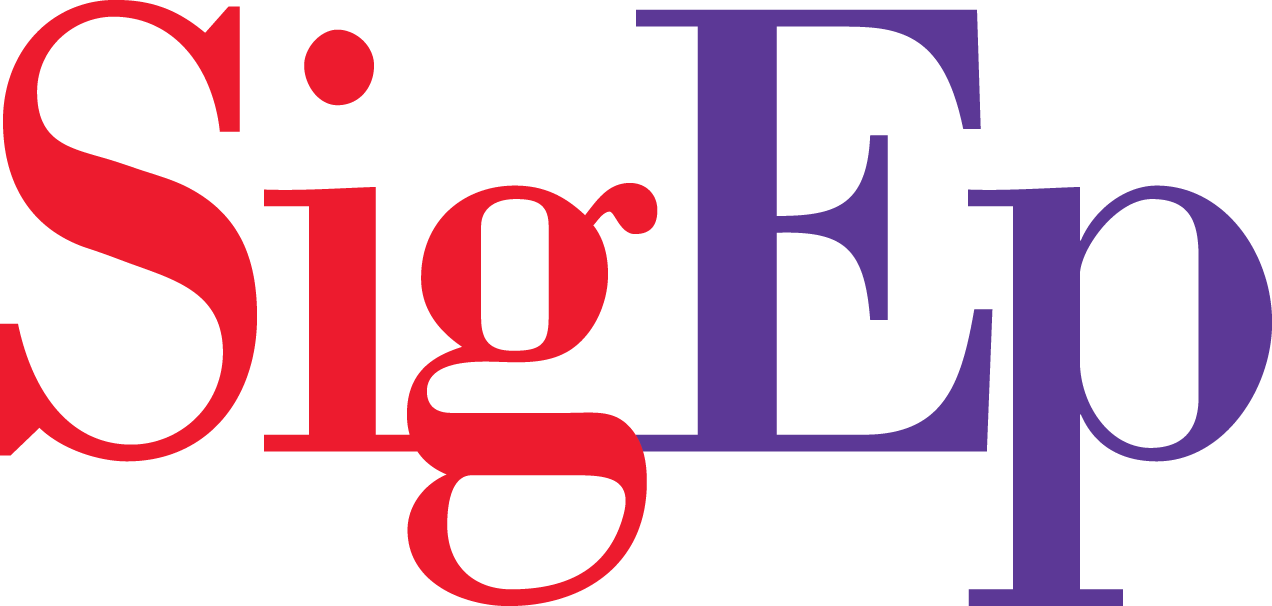 “On board the International Space Station, you see 16 sunrises and 16 sunsets in the course of a 24-hour day,” said Sigma Phi Epsilon Citation recipient Andrew “Drew” Feustel, Purdue ’89. The International Space Station — which orbits 250 miles above Earth at 17,500 miles per hour — will soon be Feustel’s home for six months. In March 2018, he will be making his third trip to space. This time, he will be commander of the station during Expedition 56.
“On board the International Space Station, you see 16 sunrises and 16 sunsets in the course of a 24-hour day,” said Sigma Phi Epsilon Citation recipient Andrew “Drew” Feustel, Purdue ’89. The International Space Station — which orbits 250 miles above Earth at 17,500 miles per hour — will soon be Feustel’s home for six months. In March 2018, he will be making his third trip to space. This time, he will be commander of the station during Expedition 56.
Feustel’s most recent trip to the space station was in 2011 as part of STS 134, the penultimate mission of NASA’s Space Shuttle Program. Feustel helped deliver and install the Alpha Magnetic Spectrometer, a particle detector used in studying fundamental particles in the vacuum of space. In 2009, he traveled to space as a member of STS 125, the final servicing mission of the iconic Hubble telescope. On those two missions, Feustel spent 28 days beyond the Earth’s atmosphere. His upcoming mission is scheduled to occur over 182 days. Aside from its duration, Feustel’s upcoming mission will be distinct in several ways, with the uniqueness of the voyage already playing out in training.
Since the 2011 retirement of its Space Shuttle Program, NASA has sent astronauts to space through its international partners. Feustel will launch with NASA astronaut Ricky Arnold and Russian cosmonaut Oleg Artemyev on board Soyuz 54 from the Baikonur Cosmodrome in Kazakhstan. Preparation is spread out over a two-year period, with Feustel spending half of that time in three- to seven-week sprints in Russia training with his international counterparts. This way, they will become closer crewmates, but that doesn’t mean there aren’t challenges.
“We call it ‘Renglish,’” Feustel said with a laugh. “It’s a mixture of English and Russian, but really we are learning the language of the spacecraft.” With the amount of time the crew spends together in the months leading up to their launch, a bond develops. While the astronauts may not speak a common language, they develop a blend of nonverbal communication, anticipation and trust. With a little Renglish thrown in to fill the gaps.
Go, ‘SPE’ Racer, Go
Feustel transferred to Purdue in 1986 after spending three years at Oakland Community College. He was a residence hall counselor throughout his time at Purdue, and his hall — Cary Quad — was located across the street from SigEp’s Indiana Alpha Chapter house. He first met some of the brothers — including Barrett Scholl, ’88, and John Sinks, ’89 — while on a ski trip with the university ski club. “We became lifelong friends,” Feustel said. Sinks became Feustel’s big brother in the chapter, and the two stay in touch to this day. In fact, Sinks and his family visited Feustel in Houston in early 2017.
During his time at Oakland Community College, Feustel repaired 1950s-era Jaguars, and this segued into his ambition to chair SigEp’s go-kart team in Purdue’s famous annual Grand Prix race. Campus student organizations, including each fraternity, funded a team tasked with modifying and racing a go-kart. Feustel led the SigEp squad for three years. “The team was always competitive,” he recalled. “We had an operating budget of around $6,000, which was quite a lot of money in those days, and we bought off-the-shelf karts which we then made slight modifications to.”
After graduating with a degree in solid earth sciences, Feustel received a master’s degree in geophysics at Purdue and a doctorate in seismology at Queen’s University in Ontario, Canada. In 1997, he joined Exxon Mobil, where he designed and oversaw seismic programs as an exploration geophysicist. He was selected by NASA in 2000 and assigned to the Astronaut Office at the Johnson Space Center in Houston, Texas.
Past Grand President and Order of the Golden Heart recipient Norm Nabhan, Purdue ’71, read about Feustel’s early career success in the Indiana Alpha alumni newsletter. Seeing Feustel was a fellow Houstonian, Nabhan decided to reach out and connect with the young NASA recruit.
“That was 10 years ago. We struck up a friendship and have kept in touch ever since,” Feustel said. Prior to Feustel’s 2011 space flight, Nabhan provided his friend with several SigEp items to take into space, including a Grand Chapter flag. At the 2011 Conclave, Feustel donated the flag to SigEp Headquarters, where it remains on display inside Zollinger House in Richmond, Virginia.
Commanding the International Space Station
On the International Space Station, Feustel’s crew will conduct over 250 research investigations and technology demonstrations that can only be performed in the unique environment of space. The team may also welcome the first astronauts to travel to space aboard a commercial space vehicle. The Dragon — a spacecraft made by American aerospace manufacturer SpaceX — first made history in 2012 when it successfully delivered cargo to the space station. The craft is scheduled for its second history-making mission in 2018, this time returning to the station with its first manned flight to space.
As commander of the space station during Expedition 56, Feustel will be responsible for decisions impacting the morale, health and safety of his crewmates. As vital as this role will be, he emphasizes that many other roles carried out during the mission will be just as important. This means that less experienced astronauts can assume what may be thought of as senior roles in their area of expertise, and vice versa. On a mission this important, there has to be universal respect for self and others.
Reflecting on the stresses of living and working — and floating — within the unforgiving confines of space, Feustel emphasized that teamwork is crucial. How are conflicts resolved? He drew on his experiences as a residence hall counselor to explain. “People look at problems and develop solutions based upon their own experience base. We all come from different backgrounds, and yet we often expect to convince others that our answer is the only solution to a problem,” he said. “Once you recognize that none of us actually have the same experience base, and therefore may not conclude identical solutions, it becomes much easier to collaboratively find the best solutions. Teamwork is the key!”
Feustel — a husband and father of two — will be 53 when he returns from his third mission to space. After that, it’s unclear whether he will suit up again with NASA. With commercial space flights gaining popularity, he may return to an Earth where his skills will have new applications. True to his nature, he hasn’t ruled out any possibilities about how far — and how high — the next phase of his career may take him.

LOCATION: SCTF, NBL
SUBJECT: STS-134 crew members Greg Chamitoff and Drew Feustel during their STS-134 ULF6 EVA1 training at the NBL.
PHOTOGRAPHER: James Blair









Leave a Reply